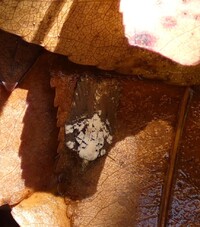
| Recorded by: F. Williams, S. Williams on 2025-10-30
Gates Co.
Comment: | 
| Recorded by: Marilyn Westphal on 2025-10-18
Henderson Co.
Comment: |
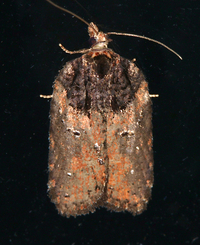
| Recorded by: Jim Petranka on 2025-03-29
Madison Co.
Comment: Verified by dissection (see companion photos). | 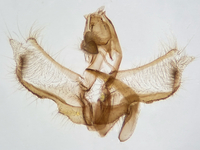
| Recorded by: Jim Petranka on 2025-03-29
Madison Co.
Comment: Male genitalia. |
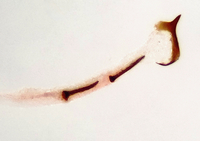
| Recorded by: Jim Petranka on 2025-03-29
Madison Co.
Comment: | 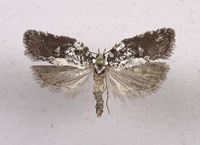
| Recorded by: Richard Teper on 2025-03-12
Orange Co.
Comment: |

| Recorded by: Simpson Eason on 2025-03-08
Durham Co.
Comment: | 
| Recorded by: Jim Petranka on 2024-03-13
Madison Co.
Comment: |

| Recorded by: Owen McConnell on 2023-10-20
Graham Co.
Comment: | 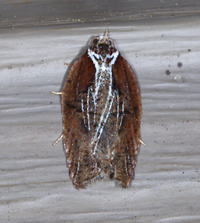
| Recorded by: Jim Petranka on 2023-04-28
Madison Co.
Comment: |
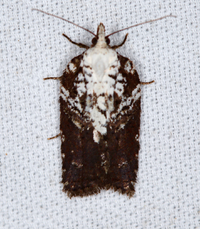
| Recorded by: Jim Petranka on 2023-03-26
Madison Co.
Comment: | 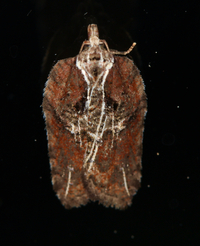
| Recorded by: Jim Petranka on 2023-03-23
Madison Co.
Comment: |
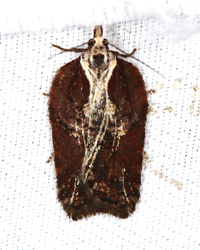
| Recorded by: Jim Petranka on 2023-03-01
Madison Co.
Comment: | 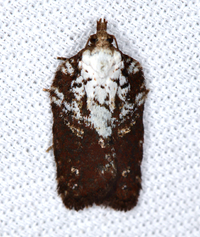
| Recorded by: Jim Petranka on 2023-02-28
Madison Co.
Comment: |
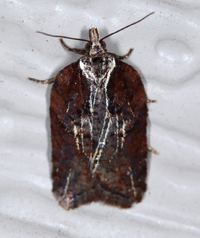
| Recorded by: Jim Petranka on 2023-02-23
Madison Co.
Comment: | 
| Recorded by: Jim Petranka on 2022-04-11
Madison Co.
Comment: |
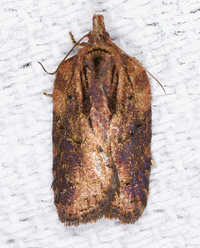
| Recorded by: Jim Petranka on 2022-03-06
Madison Co.
Comment: | 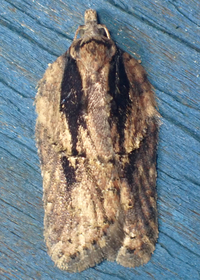
| Recorded by: tom ward on 2021-10-25
Buncombe Co.
Comment: |
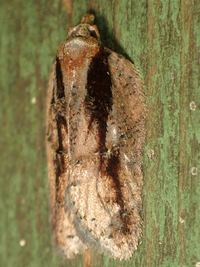
| Recorded by: tom ward on 2021-10-20
Buncombe Co.
Comment: | 
| Recorded by: tom ward on 2021-10-20
Buncombe Co.
Comment: |

| Recorded by: tom ward on 2021-10-13
Buncombe Co.
Comment: | 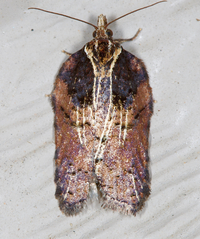
| Recorded by: Jim Petranka on 2021-03-26
Madison Co.
Comment: |

| Recorded by: Gary Maness on 2020-11-08
Guilford Co.
Comment: | 
| Recorded by: Jim Petranka and Becky Elkin on 2020-05-02
Madison Co.
Comment: |
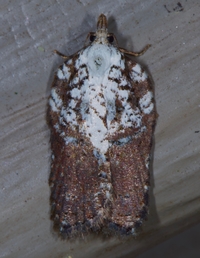
| Recorded by: Jim Petranka and Becky Elkin on 2020-04-06
Madison Co.
Comment: | 
| Recorded by: Gary Maness on 2020-03-29
Guilford Co.
Comment: |
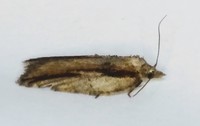
| Recorded by: Gary Maness on 2020-03-29
Guilford Co.
Comment: | 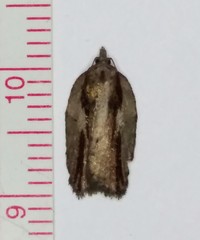
| Recorded by: Gary Maness on 2020-03-29
Guilford Co.
Comment: |

| Recorded by: Gary Maness on 2019-10-19
Guilford Co.
Comment: | 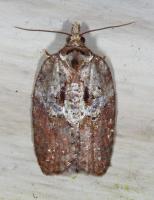
| Recorded by: Jim Petranka on 2019-07-29
Madison Co.
Comment: Determined by J.B. Sullivan based on dissection. |
|

 »
»



























